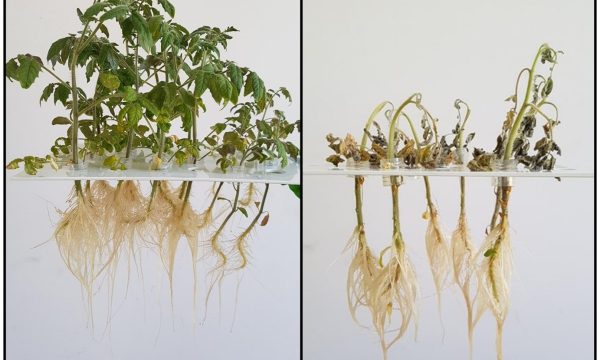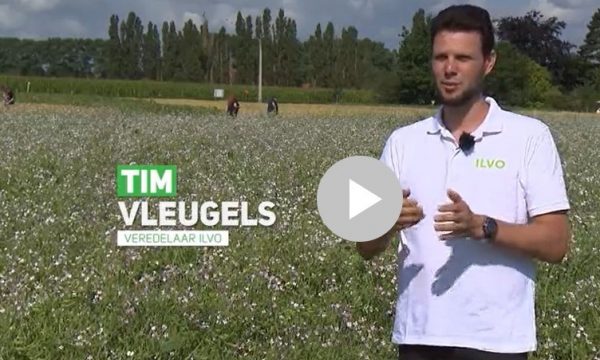Press release ILVO's Diagnosic Centre for Plants named the first European reference laboratory (EURL) for nematodes and bacteria

In addition to the National Reference Laboratory (NRL), the Diagnostic Centre for Plants of Flanders Research Institute for Agriculture, Fisheries and Food (ILVO) is now also one of the first European reference laboratories for plant-pathogenic bacteria and nematodes. The aim is to align the methodology for accurate and rapid detection of diseases and pests. The task of the ILVO employees will now include presenting definitive guidelines to the plant health labs in the EU about what and how to test.
This appointment is in accordance with the new European plant health legislation that the Member States must implement from the end of 2019. European reference laboratories have already been appointed for food and animal health, but plant health EU reference labs are new. From now on, the European Commission also wants to focus more on plant health and the phytosanitary health of the agrifood chain.
From NRL to EURL
ILVO's Diagnostic Centre for Plants analyses plants and plant products, soil and water for the presence of all kinds of plant-pathogenic organisms. Since 2007, ILVO has been the only Belgian NRL for nematodes, insects and bacteria, and together with CRA-W, the Walloon counterpart of ILVO, NRL for fungi and viruses / phytoplasms.
The EURL appointment is only applicable for the nematode and bacteria departments of the Diagnostic Centre. The extensive range of tasks in those two areas is spread over a small network: ILVO is responsible for the nematodes together with the French ANSES. For the bacteria, the group consists of ILVO, the Dutch NVWA, the Slovenian NIB and the Italian CREA.
Extensive task
The EURLs provide support and advice to all recognized laboratories in the EU on the methods used and the methods to be followed. They have the task of producing, maintaining and distributing reference material from quarantine organisms for study purposes and ring trials. They are required to give scientific and technical training. And a Member State that faces a sudden appearance and / or spread of a harmful organism must receive rapid support from the EURL. Finally, priority-setting is done transparently: in a work plan, the EU Commission sets out which organisms get highest priority by the EURL until the end of 2020.
In 2016, Europe approved a new European Plant Health Act, which goes fully into effect starting at the end of this year. The law prepares Europe better for the potential outbreak of pests and diseases and avoids the introduction of exotic pathogens. A network of reference laboratories that ensure that all laboratories in Europe use the same standards for fast and accurate detection of diseases and pests is an indispensable instrument in this respect.


